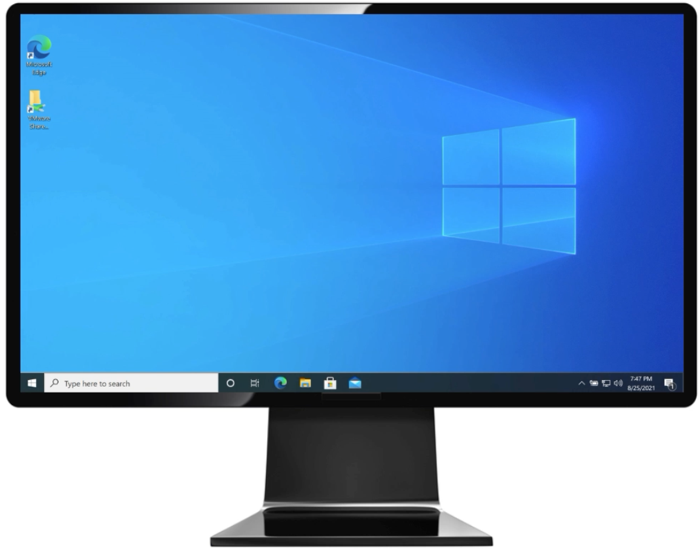Authenticating using a security key (Windows login)
Use your security key to authenticate for a successful sign-on to your Windows device.
Before you begin
-
The minimum version of Windows login you need depends on the following:
-
If your organization requires you to enter a password to authenticate, you’ll need PingID for Windows login 2.3 or later.
-
If your organization has eliminated passwords, you’ll need PingID for Windows Passwordless login 1.2 or later.
If you’re not sure, check with your organization’s administrator.
-
|
Use cases
The authentication flow varies slightly according to your organization’s configuration policy.
-
Passwordless authentication

-
Authentication with a password

Steps
-
Sign on to your Windows laptop or desktop machine.
Choose from:
-
If your organization has eliminated passwords: Under Sign-in options, click the PingID icon (
 ), and then click the arrow.
), and then click the arrow. -
If your organization requires a username and password: Under Sign-in options, click the key icon (
 )
, enter your username and password, and then click the arrow key.
)
, enter your username and password, and then click the arrow key.

-
-
(Windows passwordless users only) If you have more than one device paired with your account, you’ll see a list of your paired devices. Select the security key that you want to use to authenticate.

-
When you see a window asking you to authenticate with your security key, connect your security key, either physically through a USB cable or, if applicable, ensure NFC or Bluetooth are set to ON. If you have a biometrics security key, tap it with your fingerprint to authenticate, otherwise enter your PIN code, if prompted to do so.

You might see a message indicating that you are using one or more deprecated security key. If so, you should delete all deprecated devices (deprecated devices show the Delete option). Before you delete a device, make sure you have at least one alternative device paired with your account.
Result:
You are redirected to your Windows account.
